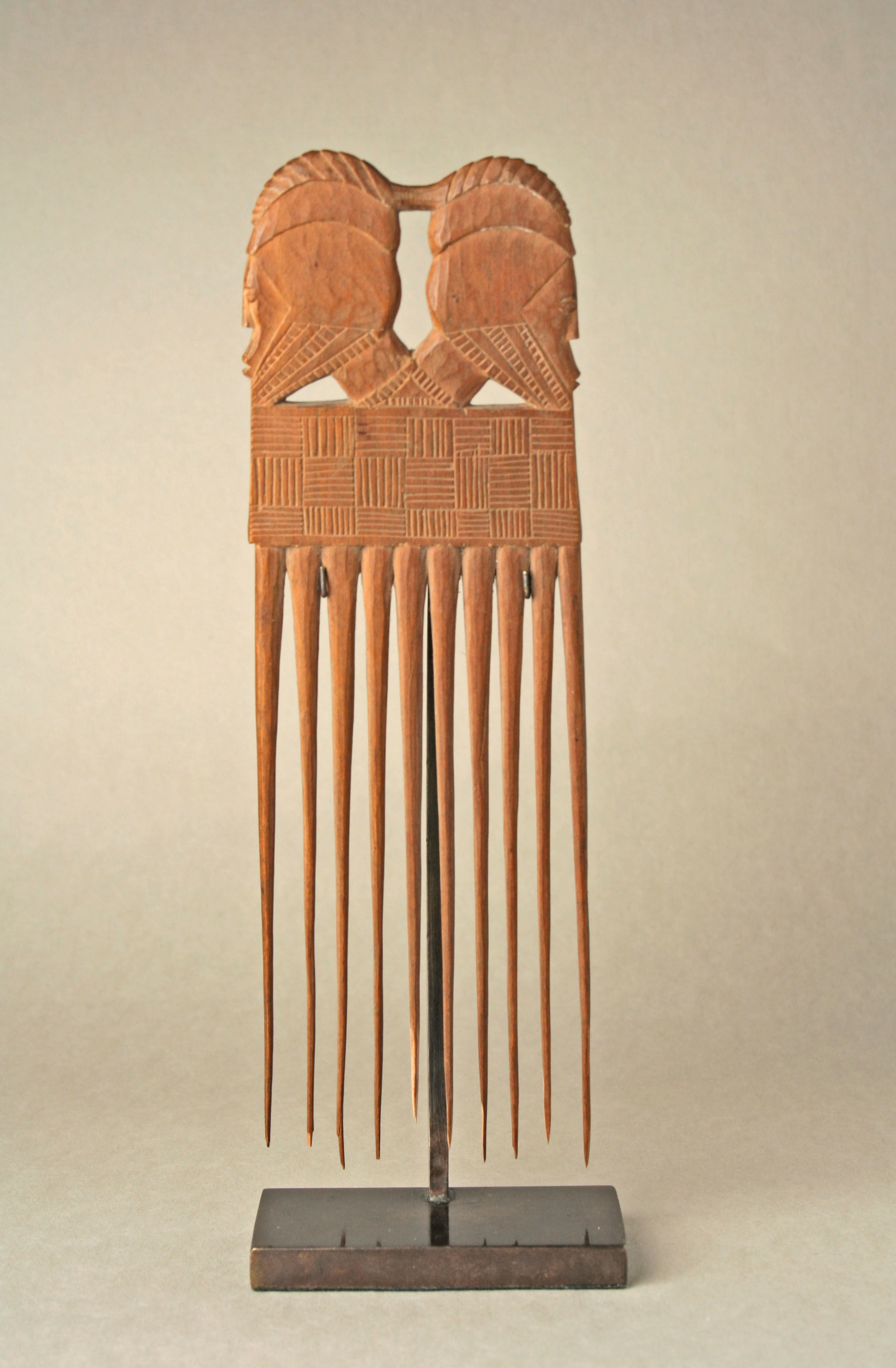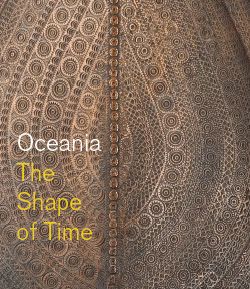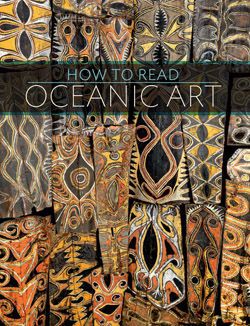Comb
Not on view
This kalakala (comb) from the Kaniet Islands would have been worn by a man following the completion of the initiation rites that marked his transition to adulthood. Intended to ornament the hair, the comb would also have highlighted the status of its bearer.
Lying to the north of New Guinea, the Kaniet Islands are politically part of Papua New Guinea but belong to a distinctive cultural region settled by Micronesian voyagers. The art and language of these islands are therefore more closely related to that of Micronesia, or the Northern Pacific, than Papua New Guinea.
In the Kaniet Islands, hair is considered a highly sacred part of the body. During initiation rituals, young men were secluded for several years, during which time they grew their hair long. Once their instruction was complete, their hair would be arranged into a crest-like hairstyle known as a lubun. For important ceremonies, men would insert combs diagonally into this coiffure. The hairstyle is itself referenced on this comb and can be seen on the heads of figures carved above the comb’s teeth. The crosshatched design below the heads resembles the weaving of a mat. The piece has been carved from a single piece of wood with careful precision. Despite the narrow profile of the comb, the faces of the human figures have been ingeniously carved so that their features can be seen from any angle.
Due to rights restrictions, this image cannot be enlarged, viewed at full screen, or downloaded.
This artwork is meant to be viewed from right to left. Scroll left to view more.





